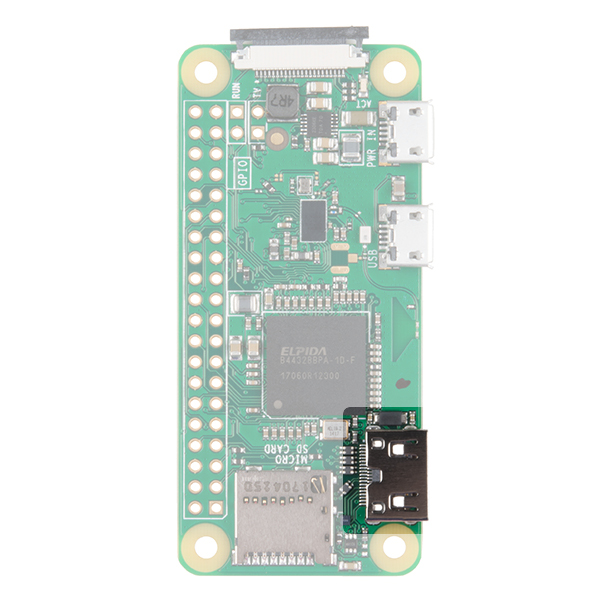



Attach the power, HDMI cable and other peripherals.
#Raspberry pi 3 hdmi to mac mac#
From there you can click in the button Share Screen. Remove the SD Card from your Mac and insert it into the Raspberry Pi 3. Using Finder into the section Shared > All. You need to identify the device that you want to interact with. From this command, you should see a list of devices that your Raspberry Pi now has access to. Restart service: sudo /etc/init.d/avahi-daemon restart Scan for HDMI-CEC capable devices by running the following command on your Raspberry Pi.
#Raspberry pi 3 hdmi to mac install#
Can Raspberry Pi 4 Install Linux Because of the Pi 4 series and its greater memory capacity, it has become much easier to install and run Linux alternatives to the standard Raspberry Pi OS (formerly known as Raspbian). The system configuration parameters, which would traditionally be edited and stored using a BIOS, are stored instead in an optional text file named is read by the GPU before the ARM CPU and Linux are initialised. Make the Raspberry to be visible in the sharing network of the Mac sudo apt-get install netatalkĬonfig: # /etc/avahi/services/rviceĬonfig 2: # /etc/avahi/services/rfb.service All you need to get started is either a Raspberry Pi 2 or 3, a power supply, a HDMI cable, 8GB SSD card and a mouse. The Raspberry Pi uses a configuration file instead of the BIOS you would expect to find on a conventional PC. Tcp 0 0 0.0.0.0:5900 0.0.0.0:* LISTEN 2575/x11vncĪnd connect from your Mac just opening Screen Sharing and introducing the Raspberry's ip:Ĭonfig: # ~/.config/autostart/sktopĮxec=x11vnc -forever -usepw -display :0 -ultrafilexferīe sure there is not problems to access to this file: sudo chmod a+r ~/.config/autostart/sktop You can already start the vnc-server: x11vnc -forever -usepw -display :0 -ultrafilexferĬheck the service is active and listening $ sudo netstat -nlp | grep vnc Looks like it requires you to set up a password: x11vnc -storepasswd Also, the Raspberry Pi 3 Model B has built-in wifi, where the older models will require a wifi dongle. The vnc-server that does the work is x11vnc Install x11vnc sudo apt-get install x11vnc As I have spent several hours solving this I so answer my self in case someone needs the instructions as I would wanted to find them.įirst, the most popular vnc-server ( tightvncserver) is not fullfilling my specification that the X-session has to be the same in my VNC client App and in the Raspberry screen.


 0 kommentar(er)
0 kommentar(er)
